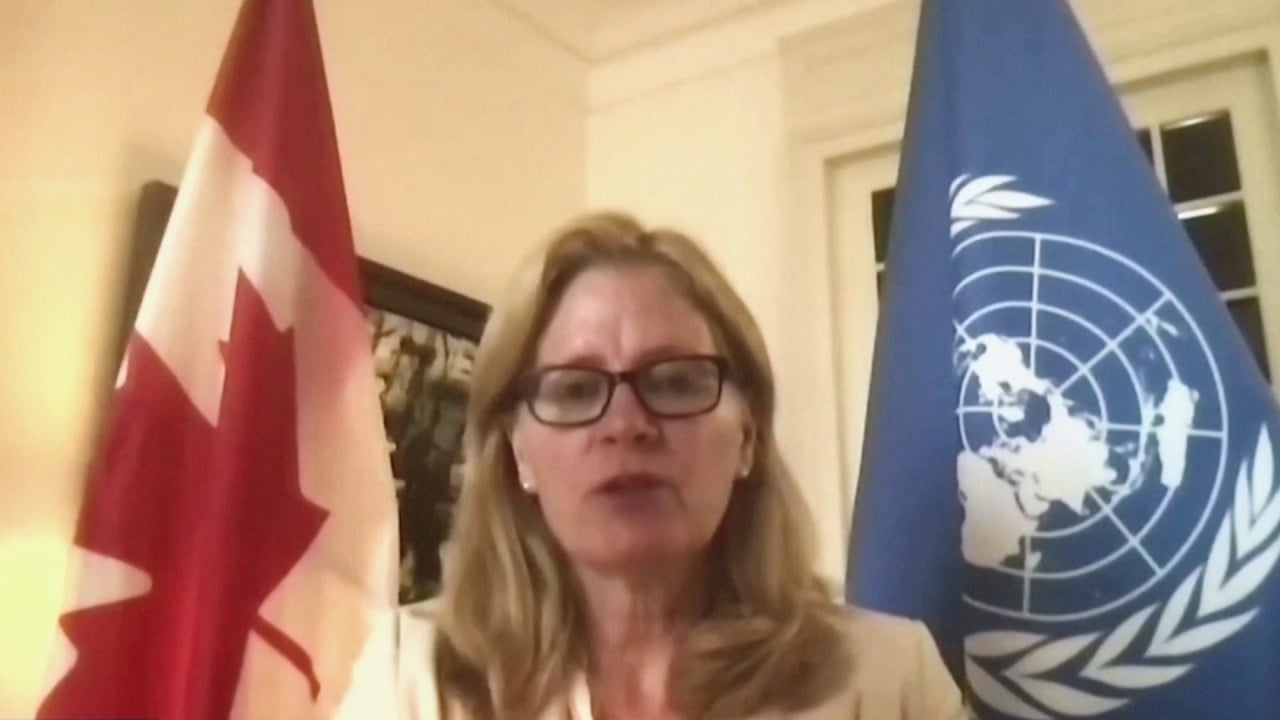
China’s military names new commander for troubled Xinjiang region
- Lieutenant General Wang Haijiang, 57, was previously in charge of Tibet and has headed an elite PLA unit
- He will be responsible for border areas where Beijing is concerned about terror threats, as well as the disputed frontier with India

The China-India border dispute: its origins and impact
It will be familiar territory for Wang Haijiang – before Tibet, he was deputy commander of the southern part of Xinjiang, covering the Indian border region.
He was earlier commended in official military newspaper PLA Daily for his contribution in Tibet in 2017, heading a 10-month road construction project in the Himalayas at an altitude of 4,000 metres in extreme weather. PLA road-building in the Doklam Plateau region of Tibet – a trijunction between China, Bhutan and India – triggered another serious military confrontation between Chinese and Indian troops, in the summer of 2017.

01:11
Canada leads call by more than 40 countries for China to give UN access to Xinjiang
The appointment also comes amid Beijing’s ongoing crackdown in Xinjiang, which it says is aimed at fighting terrorism and religious extremism. China faces growing international criticism and pressure over its policies in the region and alleged human rights abuses against Uygurs and other Muslim minorities – claims that Beijing denies.
What is going on in Xinjiang and who are the Uygur Muslims?
Zhou Chenming, a military analyst in Beijing, said Wang was equipped to take on the difficult Xinjiang role given his experience, including as a former commander of the elite unit. “The 61st division is one of the three top units, they’re all heavily armed and they are used as models for other combat troops in the PLA to learn from,” he said.
Additional reporting by Minnie Chan

